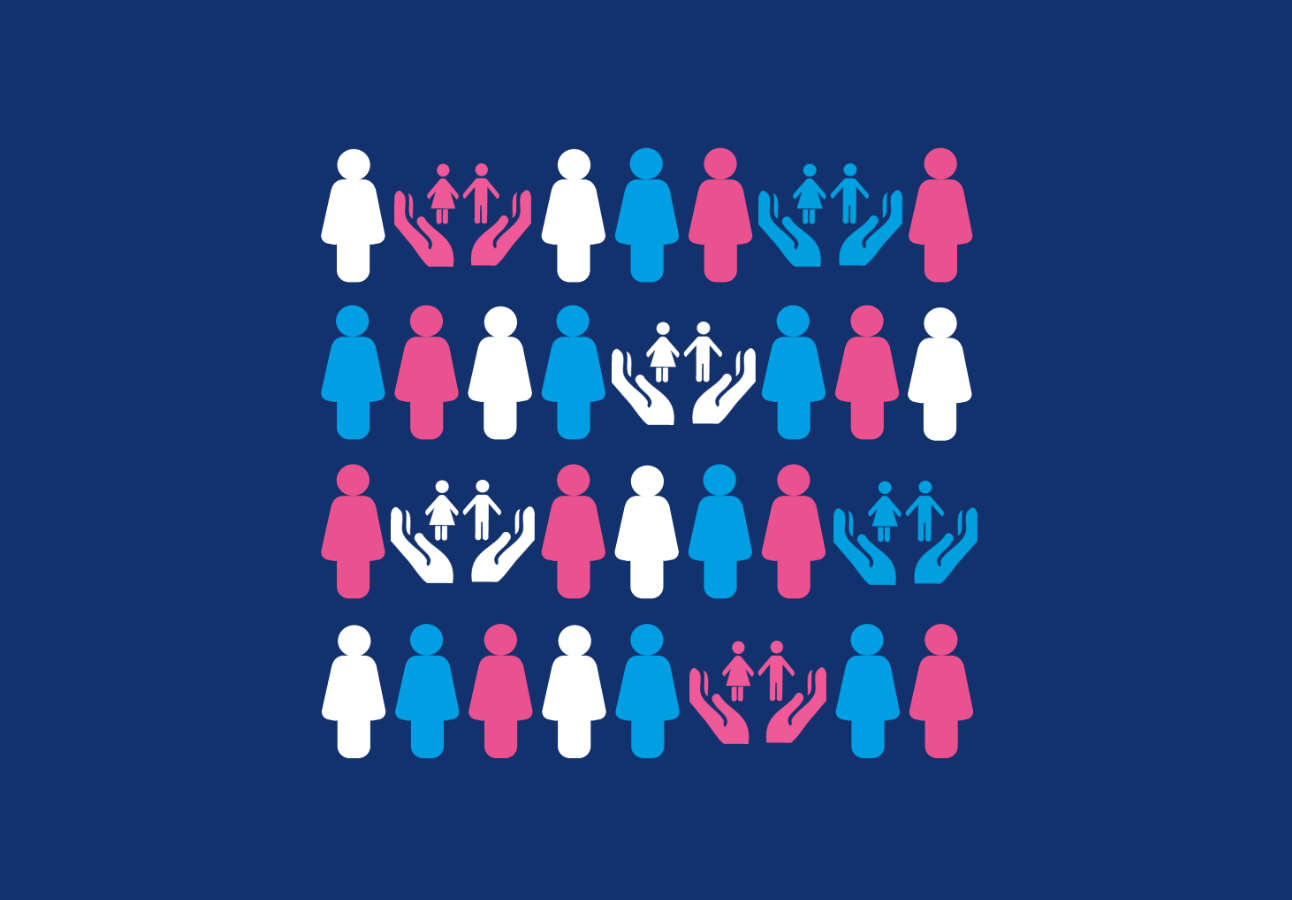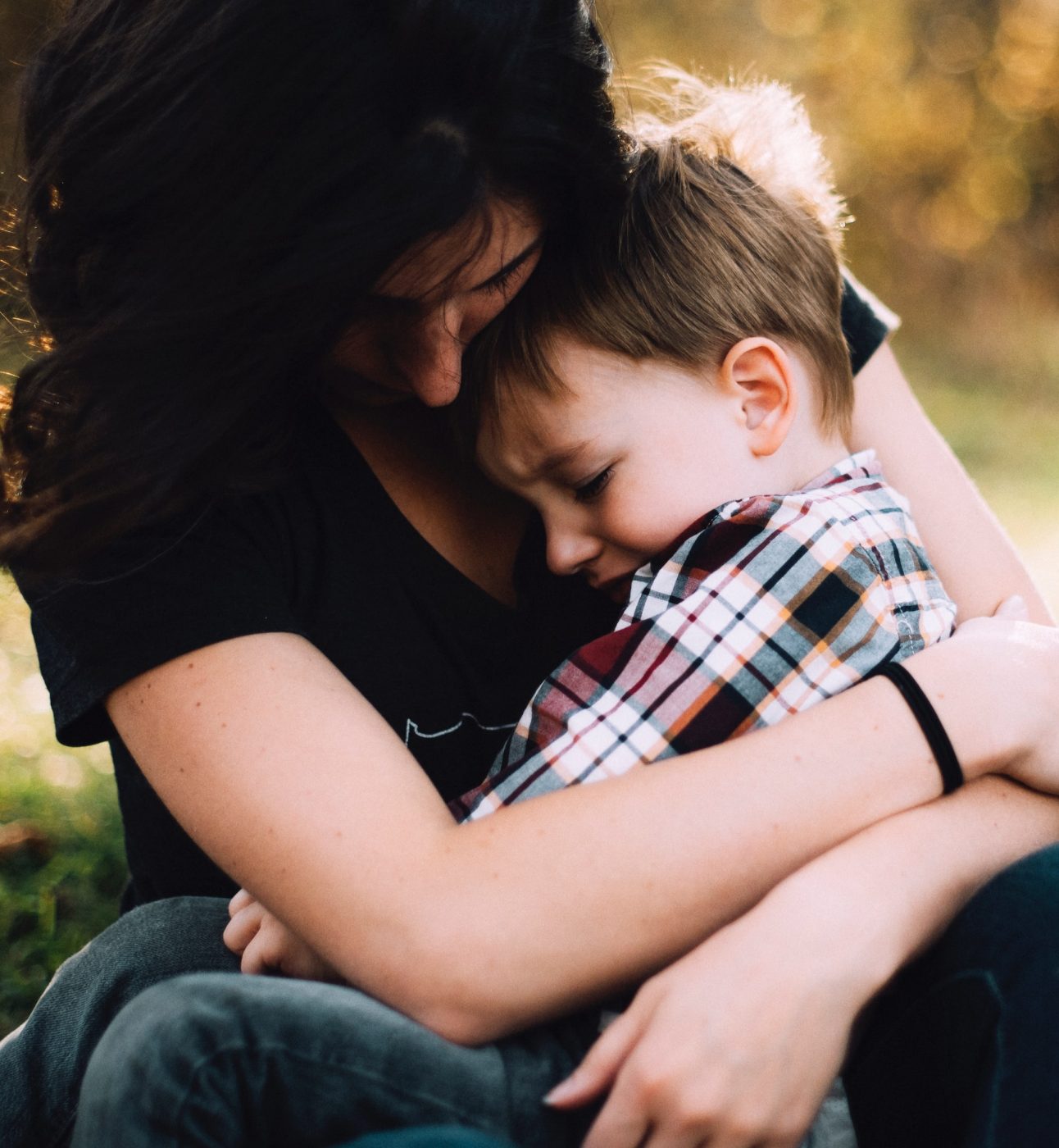
Children’s social workers, domestic abuse and collaborative working
Consultant and social worker Vashti Wickers on training and curiosity in child protection. Read why all social workers should be equipped to respond effectively to domestic abuse.
The facts
Domestic abuse remains one of the most significant issues within statutory social work practice today. It features in over 50% of Serious Case Reviews and makes up a significant proportion of casework across all Children’s Services departments.
Whilst recently undertaking a thematic audit looking at repeat child protection plans, I found that 64% were as a result of domestic abuse.
Most social workers will agree that the overall approach is not effective for most families. As a profession we are passionate about getting this right, as the damage to the children and young people we work with is evident.
Notwithstanding some pockets of excellent practice, there is more that needs to be done.
Who knows?
This is not only a matter of too little time and resource, although this clearly contributes to an ineffective response at times and frustrates progress with families. But just as critical is the lack of consistency in terms of knowledge provided to social workers to allow them to develop the attitude and approach that is required in responding to domestic abuse.
In talking to newly qualified social workers and students, many report little or no input around domestic abuse at university. Social workers therefore may enter the profession understanding only the physical incident model, or simply that domestic abuse is harmful to children.
Once in the statutory world, it is then somewhat of a lottery. Some local authorities offer a robust training package including coercive control, stalking and working with perpetrators. However others offer little or nothing. The availability and consistency of specialist agencies and programmes is also variable, meaning that access to expertise is not always there.
Of course, there are social workers who have a vast amount of experience and knowledge – but the system should not be reliant on this alone.
There should be a mandatory expectation for all child protection social workers to undertake domestic abuse training, and specifically coercive control. Without this, we cannot expect them to understand the complex dynamics, the lack of control a victim has, the inability to choose whether to stay or go, the pervasive fear, the interrelatedness of mental health and substance misuse and the reason why victims so often do not live up to the expectations placed on them.
Instead, all too often we continue to see the non-abusive parent (still largely mothers) having to take full responsibility for protecting the children, a lack of focus on the perpetrator’s behaviour, and therefore the pattern of blame and shame continuing leading to a re-traumatisation of the victims through the system itself.
There remains a focus by professionals on parents separating – ignoring the fact that 76% of women killed by their partners were killed in the first year following separation (Brennan, 2016).
Social workers also need to understand the impact of coercive control on children, an area where research is growing. Emma Katz (2016 and 2019) tells us that children are active, not passive, participants in these dynamics – and that if we continue to focus on the harm caused via the physical model then we are likely to misunderstand levels of risk.
Social workers must be curious about the individual situation. There will always be cases where the risk is severe and immediate and that necessitate the child to be removed for their own protection; but even in these circumstances the approach is critical to reduce potential re-traumatisation.
Collaborate and participate
The second issue is a lack of coordination and collaboration between agencies.
Families require a group of experts to wrap around them, given the complexity of need here. There needs to be a collective understanding of risk (and consistent use of the Dash), a sharing of expertise, and an approach that is trauma-informed to give the optimum opportunity for the family to navigate their path to safety.
Serious Case Reviews continue to identify misunderstandings, assumptions and blame between agencies in terms of who is working with whom, and what interventions are taking place.
Professionals can provide the healthy support and challenge model to social workers, can be proactive in their engagement and participate in assessments and interventions.
Social work is most effective when there is trauma-informed, relationship based work combined with collaborative practice. Nowhere is this more true than in cases of domestic abuse. Social workers need to get alongside the non-abusive parent, take the time to understand what has happened, listen and support them to increase their safety and regain control over their situation. All agencies need to see the situation through a trauma-informed lens, and use a strengths-based perspective to recognise the courage it takes to survive a coercive control relationship.
What next?
In conclusion I am reminded of Dr Gabor Mate as he describes the distinction between blame and responsibility. ‘Blame’ says that you did something that you could have done otherwise and so you are at fault. ‘Responsibility’ says that you did something, but not consciously or deliberately, but because you are programmed by your experiences. So therefore in becoming conscious of the reasons for our behaviours, we are able to take responsibility.
It occurs to me that this applies equally to social workers. In the same way that we need to remove shame and blame when working with our children and their parents, let us remove the shame and the blame from social workers and instead properly equip them to be able to respond effectively to domestic abuse.
About Vashti
Vashti Wickers works as an independent consultant and trainer, providing improvement consultation and completing safeguarding auditing programmes for local authorities. Previously, Vashti spent 20 years practicing statutory social work, including working as Head of Service.
Within this post Vashti held operational responsibility for the Multi Agency Safeguarding Hub as well as the frontline child protection teams. Vashti’s expertise in the field of domestic abuse stems from working within a Safer Community team – which included managing a team of Idvas as well as being the first team to be trained in and deliver the Recovery Toolkit programme for domestic abuse survivors.
Brennan, D (2016) Femicide Census, profiles of women killed by men : redefining an isolated incident.
Katz, Emma (2016) Beyond the Physical Incident Model: How Children Living with Domestic Violence are Harmed By and Resist Regimes of Coercive Control.
Katz, Emma (2019) Coercive Control, Domestic Violence and a Five-Factor framework: five factors that influence closeness, distance and strain in mother-child relationships. Violence Against Women, online first.
You may be interested in


Children, young people and the involvement of children’s services briefing

